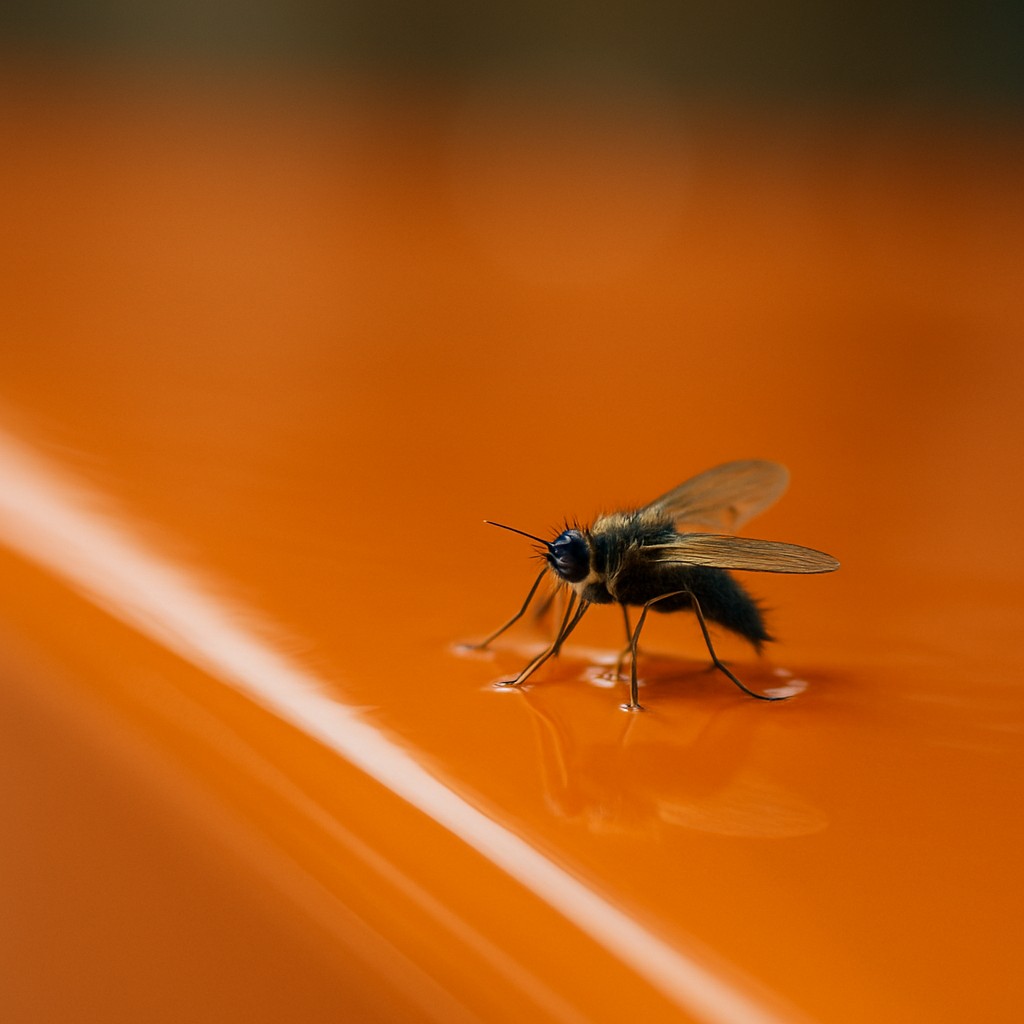Summer weather means not only higher temperatures, but also fluctuations in humidity. What does this mean for glass decorators? What to watch out for? We'll look at that in the following article. Let's divide the article into a "Glass Paint" chapter and a "Sandblasting Glass" chapter.
GLASS PAINT
a) Change In Viscosity:
- As the temperature increases, the viscosity of the paints decreases. As the viscosity of the paint decreases, the paint becomes thinner. If you normally thin your paints, you will probably add less thinner on warm days, or less water for water-thinnable paints.
If you apply the same thick coat to the product as you do in cold weather, when the paint is more diluted, you need to allow for the fact that the opacity and therefore the final appearance of the paint will be slightly different. The opacity will be higher.
If you decide to keep the same proportions (thinners or water) then you have to take into account that the paint will behave differently during application. It will be more runny. This can also affect the final appearance. Whichever way you decide, it is certain that you should be careful and check the output very carefully.
- If you have conditioned production, then you have less to worry about. Then there is the question of whether the paint warehouse is also climate-controlled. If you are storing paint in a different temperature area than the factory, it is always advisable to move the paint to the factory well in advance of use so that it is temperature equilibrated. Only then, if necessary, fine-tune the paint according to your needs and application (spraying, screen printing, rollercoater, etc.).
b) Dust And Pollen:
- In many plants, employees fight the heat with drafts. However, take into account that by opening windows and doors you are also letting dust and pollen into the plant. And that's our enemy.
c) Insect Infestation:
- There is an increased incidence of insects in the summer time. For example, some types of paint have been shown to attract small flies (called "midges").

GLASS SANDBLASTING
a) Fluctuations In Relative Humidity:
- The adhesive used on UV photosensitive sandblasting stencils reduces its stickiness when the air is too dry. This should not occur during the summer. However, there may be fluctuations or, with the use of air conditioning, a drop in humidity. Therefore, if you notice a deterioration in the stickiness of sand stencils, use best practices to increase humidity (as in winter). Increasing the relative humidity throughout the room where you are applying the stencils will help.
The stencils themselves can also be moistened only locally. For example, with steam generators see video .... When applying one template, you can even get by with your own breath.
- Changing the relative humidity also affects the flowability of the abrasive material in the sandblaster. If the abrasive is not wet, it is easier to sand with it. You may have to adjust the settings of a mixer that has been set for a more dry winter season.
b) Higher Temperatures:
- The compressor serves as an important source of compressed air, but it is also a source of unwanted noise. Therefore, it is often located in separate, often smaller rooms. It is important to remember, however, that the compressor generates heat and there can be a dangerous temperature rise in these spaces. If a rise does occur, ensure adequate ventilation and consider installing a temperature or fire sensor.
Hopefully, this article will help you manage your work better. And if we've forgotten something, drop us a line.
 +420 571 612 420
+420 571 612 420 gds@gds.cz
gds@gds.cz


 EN
EN
 CZ
CZ
 hu
hu
 bg
bg
 ro
ro



 Settings
Settings